Promote Health - Fight Disease
Posted on Dec 08, 2016
When thinking about the theme for December - Disease Prevention and Treatment - the first thing I asked was "what constitutes a disease?"
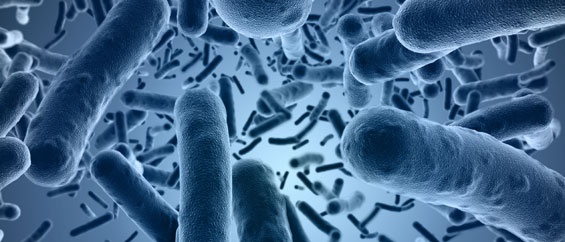 The more I tried to define it, the more nebulous the term seemed. It was easier to define it by what it wasn't. So I turned to some learned sources. In a European Molecular Biology Organization report by Prof Jackie Leach Scully, in 2004 [obviously required reading for district governors
The more I tried to define it, the more nebulous the term seemed. It was easier to define it by what it wasn't. So I turned to some learned sources. In a European Molecular Biology Organization report by Prof Jackie Leach Scully, in 2004 [obviously required reading for district governors  ], she states:
], she states:
 The more I tried to define it, the more nebulous the term seemed. It was easier to define it by what it wasn't. So I turned to some learned sources. In a European Molecular Biology Organization report by Prof Jackie Leach Scully, in 2004 [obviously required reading for district governors
The more I tried to define it, the more nebulous the term seemed. It was easier to define it by what it wasn't. So I turned to some learned sources. In a European Molecular Biology Organization report by Prof Jackie Leach Scully, in 2004 [obviously required reading for district governors "At first sight, the answer to “What is a disease?” is straightforward. Most of us feel we have an intuitive grasp of the idea, reaching mentally to images or memories of colds, cancer or tuberculosis. But a look through any medical dictionary soon shows that articulating a satisfactory definition of disease is surprisingly difficult. And it is not much help defining disease as the opposite of health, given that definitions of health are equally tricky." (see https://www.ncbi.nlm.nih.gov/pmc/articles/PMC1299105/)
Can we glean any clearer focus by reviewing the Rotary Foundation Areas of Focus?
 Let's see what they broadly cover - the importance of generational growth (Saving mothers and children, and Promoting peace), the need for informed development (Supporting education, and Growing local economies), basics of life are sustained (Providing clean water), and finally we need to be healthy if this is to be successful (Fighting disease).
Let's see what they broadly cover - the importance of generational growth (Saving mothers and children, and Promoting peace), the need for informed development (Supporting education, and Growing local economies), basics of life are sustained (Providing clean water), and finally we need to be healthy if this is to be successful (Fighting disease).
 The final component is therefore saying that whatever leads to poor health, and is not due to poor water or sanitation, poor education and stagnant economies and communities, must be treated and prevented from future occurrence.
The final component is therefore saying that whatever leads to poor health, and is not due to poor water or sanitation, poor education and stagnant economies and communities, must be treated and prevented from future occurrence.
 Let's see what they broadly cover - the importance of generational growth (Saving mothers and children, and Promoting peace), the need for informed development (Supporting education, and Growing local economies), basics of life are sustained (Providing clean water), and finally we need to be healthy if this is to be successful (Fighting disease).
Let's see what they broadly cover - the importance of generational growth (Saving mothers and children, and Promoting peace), the need for informed development (Supporting education, and Growing local economies), basics of life are sustained (Providing clean water), and finally we need to be healthy if this is to be successful (Fighting disease). The final component is therefore saying that whatever leads to poor health, and is not due to poor water or sanitation, poor education and stagnant economies and communities, must be treated and prevented from future occurrence.
The final component is therefore saying that whatever leads to poor health, and is not due to poor water or sanitation, poor education and stagnant economies and communities, must be treated and prevented from future occurrence.During our travels to each Rotary Club in our district we noted many, many instances of Rotarians focusing clearly on health outcomes - both, locally to internationally through RAWCS projects, and general preparedness to help where needed.
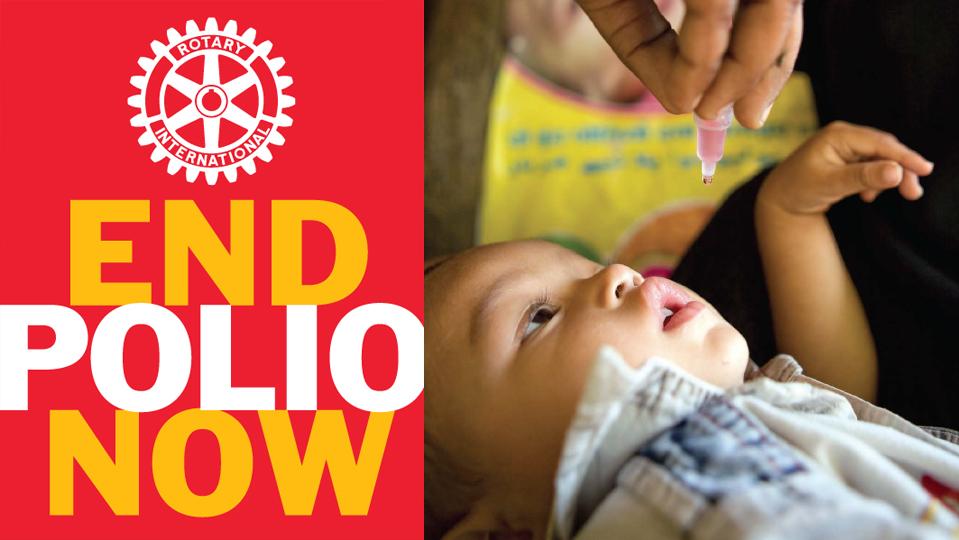 And of course one of the major examples of this is our very own End Polio campaign, funded through our donations to The Rotary Foundation (TRF)....
And of course one of the major examples of this is our very own End Polio campaign, funded through our donations to The Rotary Foundation (TRF)....Click Read More on the right to read about the Treatment and Prevention approach, How Rotarians are helping to prevent disease and promote health, understand the NEED, and of course the final call to action!
I think the Treatment and Prevention two-pronged approach is worthy of a little explanation. And through this explanation we can understand how effective the process can be. Rotarians help to prevent disease and promote health by:
- Improving the capacity of local health care professionals, think the many teams visiting communities training local health workers (in dentistry, in eye care, in midwifery, and so);

- Promoting disease prevention programs, with the goal of limiting the spread of communicable diseases and reducing the incidences of and complications from non-communicable diseases - think here of Rotarians Against Malaria (see video) and End Polio (see video);
- Enhancing the health infrastructure of local communities - how many RAWCS projects have we worked on over the years to help create health infrastructure in the Pacific Islands and elsewhere?
- Educating and mobilizing communities to help prevent the spread of major diseases, again the End Polio campaign, the fight against malaria, and many others;
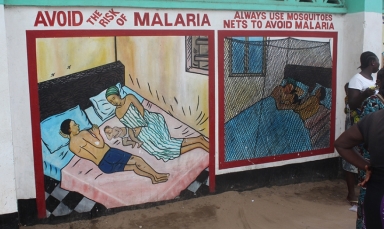
- Preventing physical disability resulting from disease or injury, think of the work of Interplast and ROMAC;
- Supporting studies for career-minded professionals related to disease prevention and treatment - witness the Australia-Nepal Mental Health alliance (a RAWCS project) aiming to train health workers from both the villages and the national professional bases.
Now projects that meet some of these goals can be eligible for Global Grants and the provision of graduate-level scholarships for career-minded professionals.
BUT Is there a NEED?
Rotary International estimates there are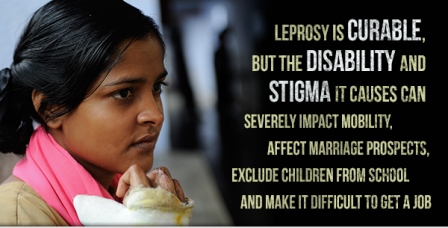
Rotary International estimates there are

- 1 billion people suffering from neglected tropical diseases such as dengue fever and leprosy each year.
- 2.4 million doctors, nurses, midwives, and other skilled caregivers needed worldwide.
- 57 countries have fewer than 23 health workers for every 10,000 people.
- 100 million people are pushed into poverty each year by medical costs.
- 1 in 6 people worldwide cannot pay for health care.
 The Action suggested includes:
The Action suggested includes:- Support health education programs that explain how diseases are spread,
- Promote ways to reduce the risk of transmission
- Help immunize people against infectious diseases.
HOW CAN YOU HELP?
Rotarians are very lucky to have a great charity, our Foundation, which aggregates all the donations worldwide and through our donations support global programs and local programs.
 For a number of years I used to think that the Foundation was really only for third world countries, and I felt that many of our own needs were being neglected. Well how times change!
For a number of years I used to think that the Foundation was really only for third world countries, and I felt that many of our own needs were being neglected. Well how times change!
Rotarians are very lucky to have a great charity, our Foundation, which aggregates all the donations worldwide and through our donations support global programs and local programs.
 For a number of years I used to think that the Foundation was really only for third world countries, and I felt that many of our own needs were being neglected. Well how times change!
For a number of years I used to think that the Foundation was really only for third world countries, and I felt that many of our own needs were being neglected. Well how times change!We are now able to use the funds we have donated towards a range of projects, a number of which relate to fighting disease. And Clubs have supplemented these funds through additional fundraising - whether it be
- supporting Cancer patients accommodation or medical trials,
- providing much needed equipment for local hospitals,
- supporting members of our communities when they need assistance,
- providing dental and eye-care,
- holding mental health days,
- and many more.
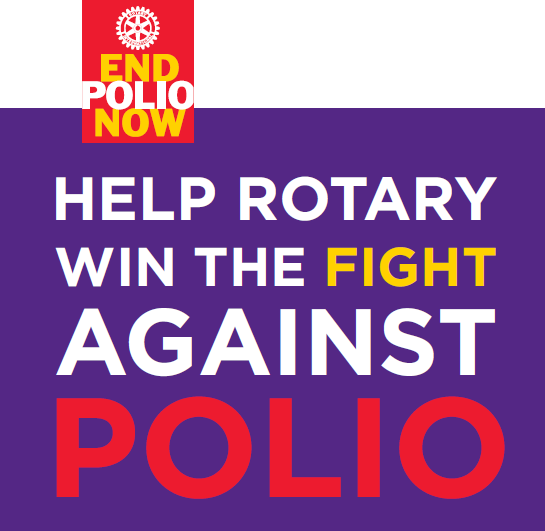 I mentioned End Polio above. Ann made a special point of asking you to consider making a donation of $26.50, and for your club to CONSIDER a donation of up to $2,650 toward End Polio.
I mentioned End Polio above. Ann made a special point of asking you to consider making a donation of $26.50, and for your club to CONSIDER a donation of up to $2,650 toward End Polio.It is very pleasing to see that our District has made some great steps in this, and there is still time for you donate if you have yet to do so. Complete this form and send to RI in Parramatta [or click on the Make a donation image]